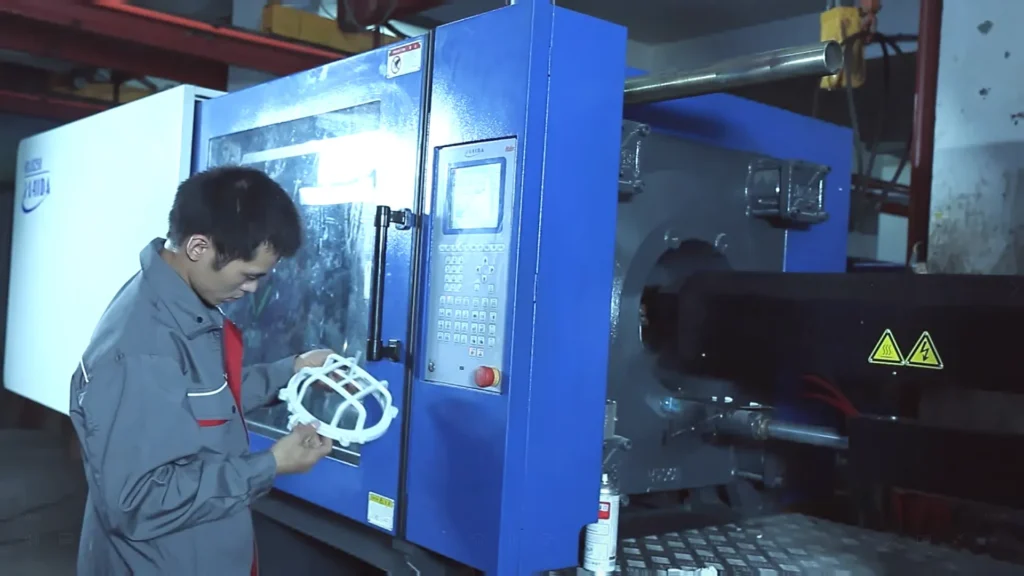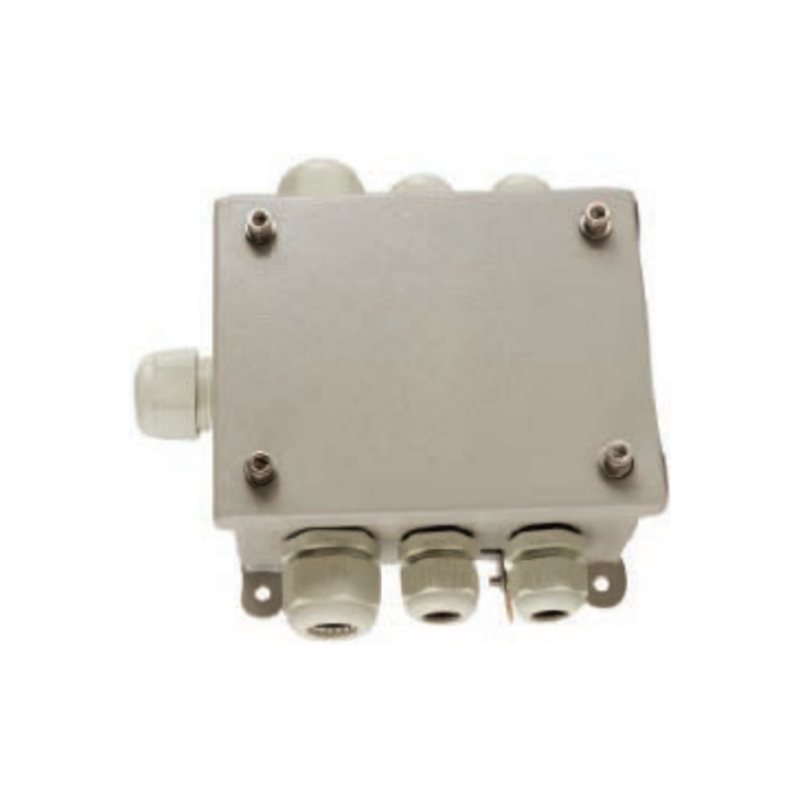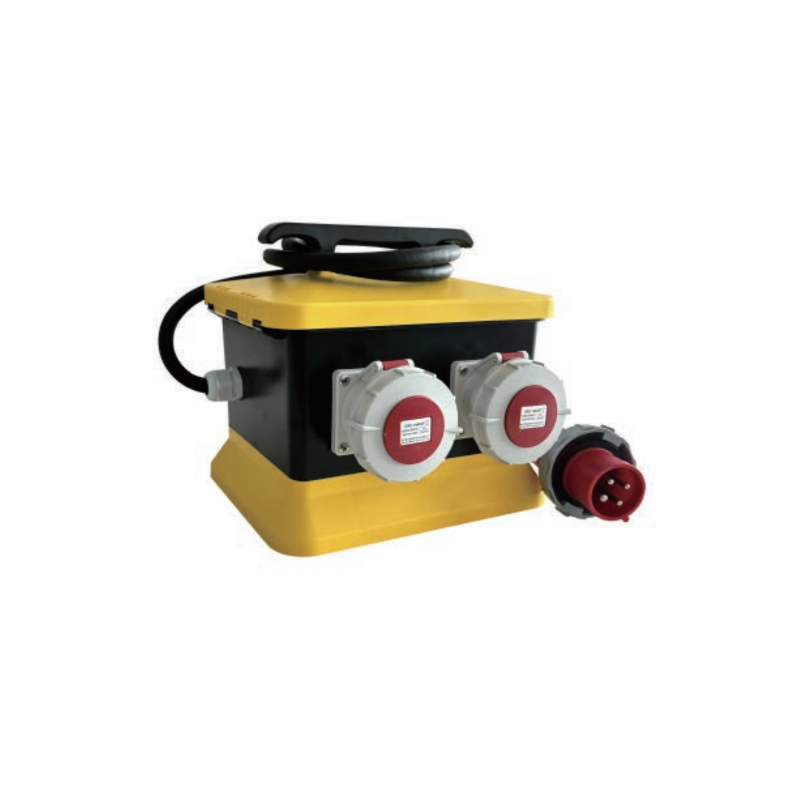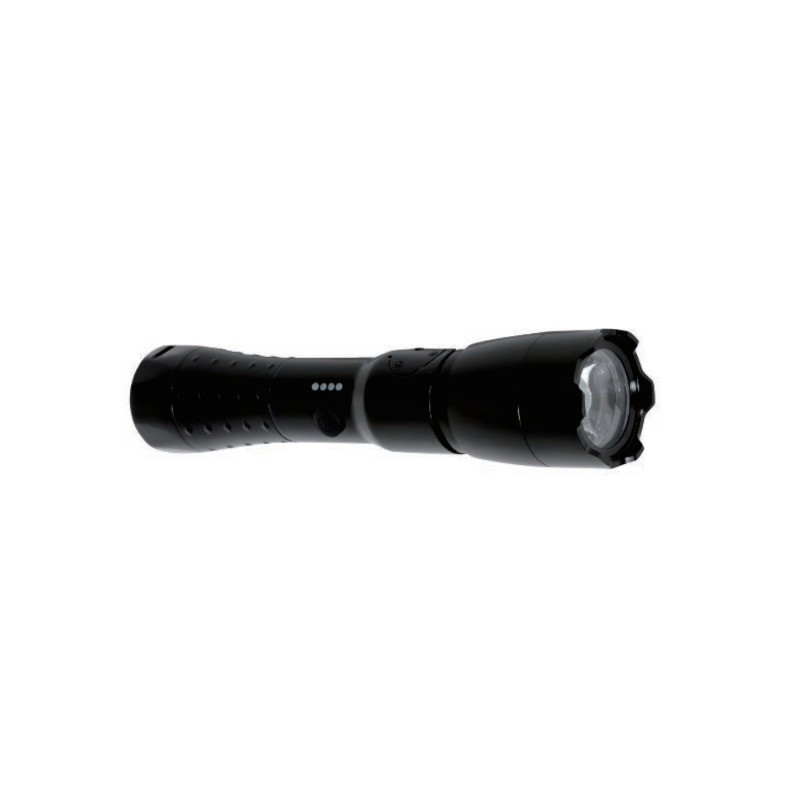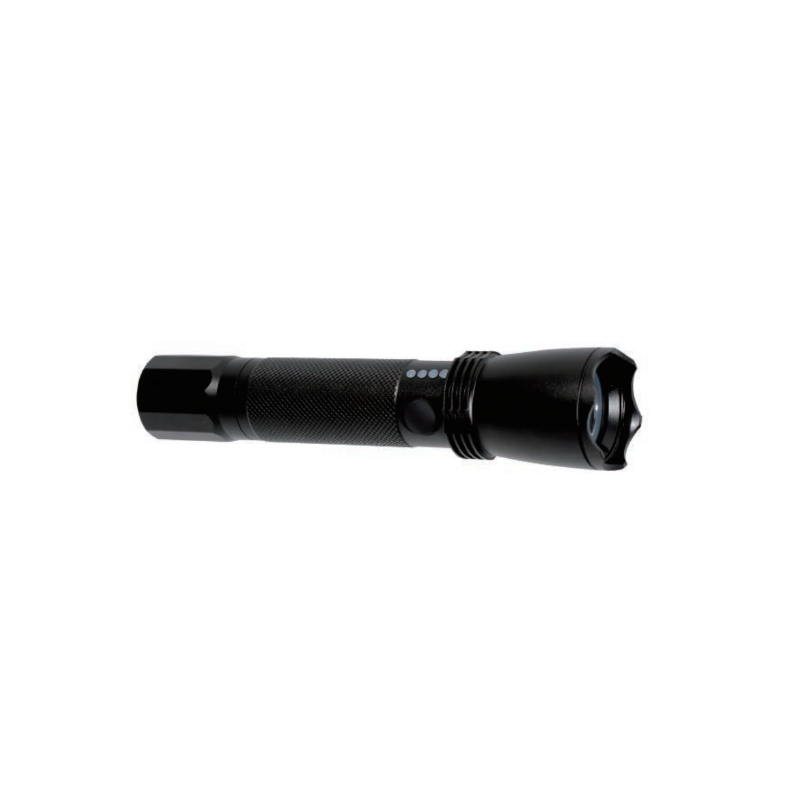Incandescent lamps
Incandescent lamps have been used for a long time, and are still widely used on ships, such as navigation lights, indicator lights, emergency lights and etc.The filament material of the incandescent lamp is tungsten metal. When there is current passing through, the current will heat the filament. When the temperature exceeds 3000 degrees, the filament will become incandescent and radiate dazzling light. The glass shell is filled with inert gas to prevent the filament. The chemical reaction of oxidation that occurs also prevents the filament from evaporating. There are several kinds of filaments made of different materials, and they have different properties. Tungsten halogen lamps are used more because of their small size and low light decay. The lamp is inflated with iodine and bromine to form halides at very high temperatures. This process is repeated continuously to automatically clean the inner surface of the glass. Linear tungsten halogen lamps must be used horizontally, otherwise they will black out at the bottom and reduce the service life.
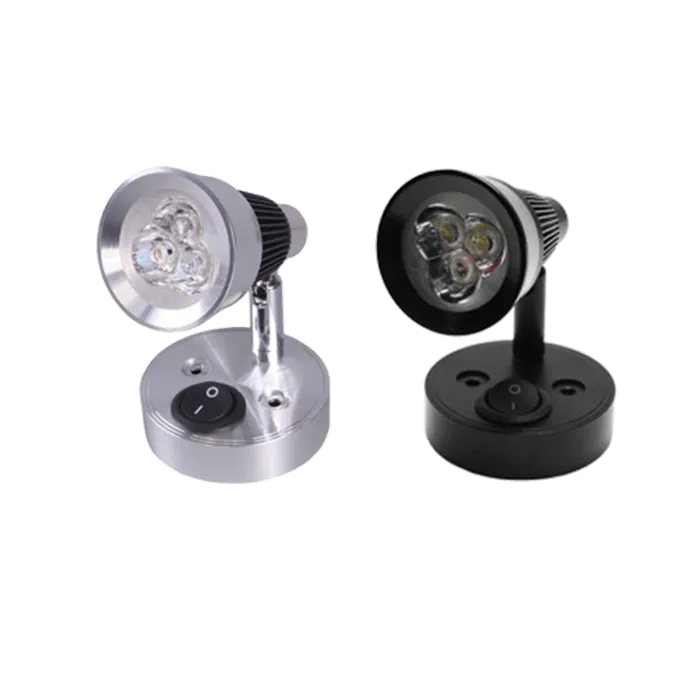
Low-voltage fluorescent lamps
The fluorescent lamp is filled with mercury vapor and inert gas, which generates ultraviolet rays after being excited by the electric current, and the ultraviolet rays and the phosphors on the lamp wall generate atomic reactions, and the unstable high-energy electrons transition to the lower orbits and release photons, which are visible to the naked eye. White light, much like the color of sunlight, is sometimes called fluorescent light.
The inert gas in the lamp tube wall includes argon, neon, xenon and other protective mercury vapor from chemical reaction. The gas has only 0.3% atmospheric pressure, so it is also called low-pressure fluorescent lamp. The luminescent coating on the lamp wall is usually a phosphor mixed with metals and rare earths.The filament of the fluorescent lamp is tungsten coated with barium and calcium oxide lamps with low thermal radiation material, which has negative resistance-sensitive characteristics. When there is current flowing, the resistance decreases and more current is generated. If the power supply is constant voltage, the fluorescent lamp will soon be Self-collapse, in order to control the current to prevent collapse, the fluorescent lamp must add an auxiliary ballast to regulate the current.
The simplest ballast for alternating current is to wind the coil on the coated magnetic core. The inductance characteristics of the coil limit the passage of alternating current. The size of the ballast is selected according to the electric power and frequency.The voltage of the alternating current is not enough to start the long tube lamp. The ballast can be used as a booster device to change the voltage of 220 to 600V. A large amount of leakage flux limits the surge of the current. The inductive ballast usually contains a capacitor to adjust the power. factor. DC voltage will consume a lot of power if it can start fluorescent lamps directly but the ballast must be resistive.
The working principle of the ballast is as follows:
The role of the ballast is: boost and voltage regulation.After the power supply is turned on, the 220V alternating current passes through the ballast, and a high voltage of about 600V is generated under the action of the mutual inductance of the ballast. When it is applied to the lamp tube, the lamp tube does not reflect, but the starter on the other side of the lamp tube is connected in parallel. A high voltage of 600V is obtained through the filament and applied to both ends of the starter. Since the neon bulb inside the starter cannot withstand the high voltage of 600V, it breaks down the neon gas in the neon bulb, and emits red light. Heat is emitted, and the thermal contact in the neon bulb, under the action of heat, spreads out and touches another contact. After the contact is made, the neon bulb is in a short-circuit state. After the short-circuit, the filament of the lamp is in the Under the action of short circuit, it is energized, glows, and generates heat.
Because of the short circuit in the neon bulb, the two ends of the neon bulb are no longer electrified. After a while, the thermal wire in the neon bulb cools down, shrinks, and the contacts are disconnected. Because the thermal filament in the neon bulb in the starter is disconnected, the filaments at both ends of the lamp can not get voltage and stop emitting and heating, but the mercury vapor in the lamp is not cool, and when the starter is disconnected At the same time, the mercury vapor in the lamp tube turns on and emits light under the action of heat and 600V high voltage. After emitting light, the voltage accumulation across both ends of the lamp tube drops to about 110V. The lamp works stably under the supply of 110V alternating current. However, because the voltage of the starter drops to 110V, the neon bulb inside cannot turn on and emit light, so the starter is not working. At this point, the working procedures of the fluorescent lamp are all completed. If the lamp fails to start at one time, the starter will be turned on and off repeatedly until the lamp works normally.
Energy saving lamps
The energy-saving lamp is actually a compact fluorescent lamp with its own ballast. The electronic energy-saving lamp mainly heats the filament of the lamp tube through the ballast. When the temperature is about 1160K, the filament starts to emit electrons (fixed and coated on the filament). Some electron powders) The electrons collide with argon atoms elastically. After the argon atoms collide, they gain energy and hit the mercury atoms. After absorbing the energy, the transition produces ionization; 253.7nm ultraviolet rays are emitted, and the ultraviolet rays excite the phosphors to emit light. Under the premise of achieving the same light energy output, this light source only needs to consume 1/5 to 1/4 of the electricity consumption of ordinary incandescent lamps, which can save a lot of lighting energy and costs, so it is called energy-saving lamps.
Germicidal lamp
The principle of germicidal lamps and fluorescent lamps is the same, and they belong to a low-pressure mercury lamp. The low-pressure mercury lamp is excited by a lower mercury vapor pressure (<10-2Pa) to emit ultraviolet light. There are two main emission lines: one is 253.7nm wavelength; the other is 185nm wavelength, both of which are visible to the naked eye. Invisible UV rays.
The germicidal lamp does not need to be converted into visible light, and the wavelength of 253.7nm can play a good sterilization effect. This is because the absorption spectrum of light waves by cells has a rule. The ultraviolet rays at 250~270nm have the greatest absorption, and the absorbed Ultraviolet rays actually act on the genetic material of cells, that is, DNA. It plays a kind of photochemical effect. The energy of ultraviolet photons is absorbed by the base pairs in the DNA, causing the genetic material to mutate. So that the bacteria die immediately or can not reproduce offspring, to achieve the purpose of sterilization.

